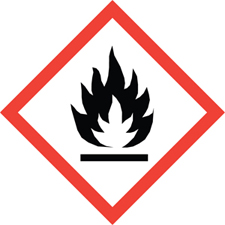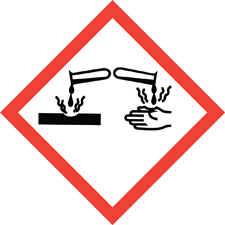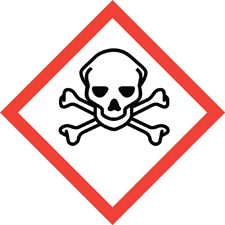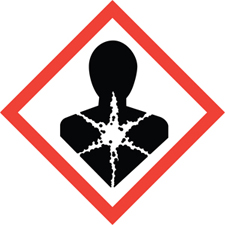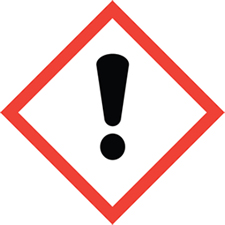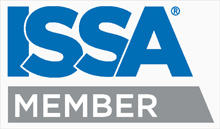GHS Focus: GHS Pictograms
In 2012, the U.S. adopted the Globally Harmonized System for the Classification and Labelling of Chemicals, or GHS for short.
GHS is designed to effectively communicate chemical hazards uniformly, so that each label and SDS is set up similarly and easy to understand.
All of the compliance deadlines for GHS have passed, meaning that everyone should be in full compliance with GHS, and you should know how to read and understand GHS labels and SDS’s.
This GHS Focus will go a bit more in-depth into what is behind these GHS labels and SDS’s, in terms of hazards, pictograms, and label elements. There are also some special cases you need to be aware of that may cause some confusion when trying to read a GHS label or SDS.
We will focus on those hazards that are most common to chemical cleaners.
Pictograms were established to communicate hazards in the most easy-to-understand way possible. For this reason, pictograms are often the most recognizable element of a label or SDS.
A pictogram consists of a red diamond containing a specific image relating to the hazard it is communicating. These images are universal throughout all GHS-compliant labels and SDS’s.
There are 9 GHS pictograms in total, but we will only look at those which commonly pertain to cleaning chemicals.
Here is a rundown of the GHS pictograms you are likely to see on cleaning chemicals.
The Flammable pictogram is communicated by a flame. This pictogram communicates that a chemical is flammable, combustible, pyrophoric (ignitable by exposure to air), or self-heating.
The Corrosive pictogram is communicated by a liquid contacting and corroding a surface and a hand. This pictogram communicates that a chemical is corrosive (not an irritant) to metal, skin, or eyes.
The Toxic pictogram is communicated by a skull and crossbones. This pictogram communicates that a chemical is toxic (poisonous) either by mouth or through the skin. The Toxic pictogram mainly corresponds to the acute toxicity hazard.
The Health Hazard pictogram is communicated by an “exploding chest.” Health hazards communicated by this pictogram include carcinogenicity, reproductive toxicity, target organ toxicity, and sensitization.
The Harmful pictogram is communicated by an exclamation mark. This pictogram is generally considered less dangerous than the others. Hazards associated with this pictogram include skin and eye irritation.
Although GHS is already in full compliance, taking the time to get to know what we are really dealing with can be very helpful in recognizing the potential risks of chemicals, leading to a safer workplace and environment.
Be sure to check out our blog post on GHS Hazards.
For a more in-depth look at GHS, check out our GHS Technical Bulletin.
For help with GHS training, visit our GHS Training webpage.


